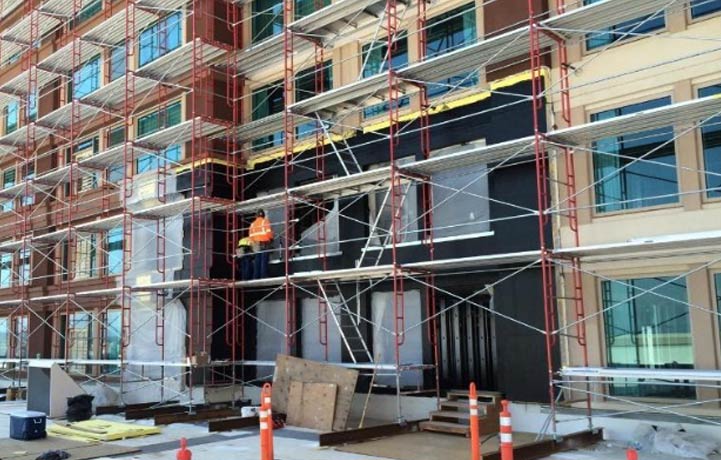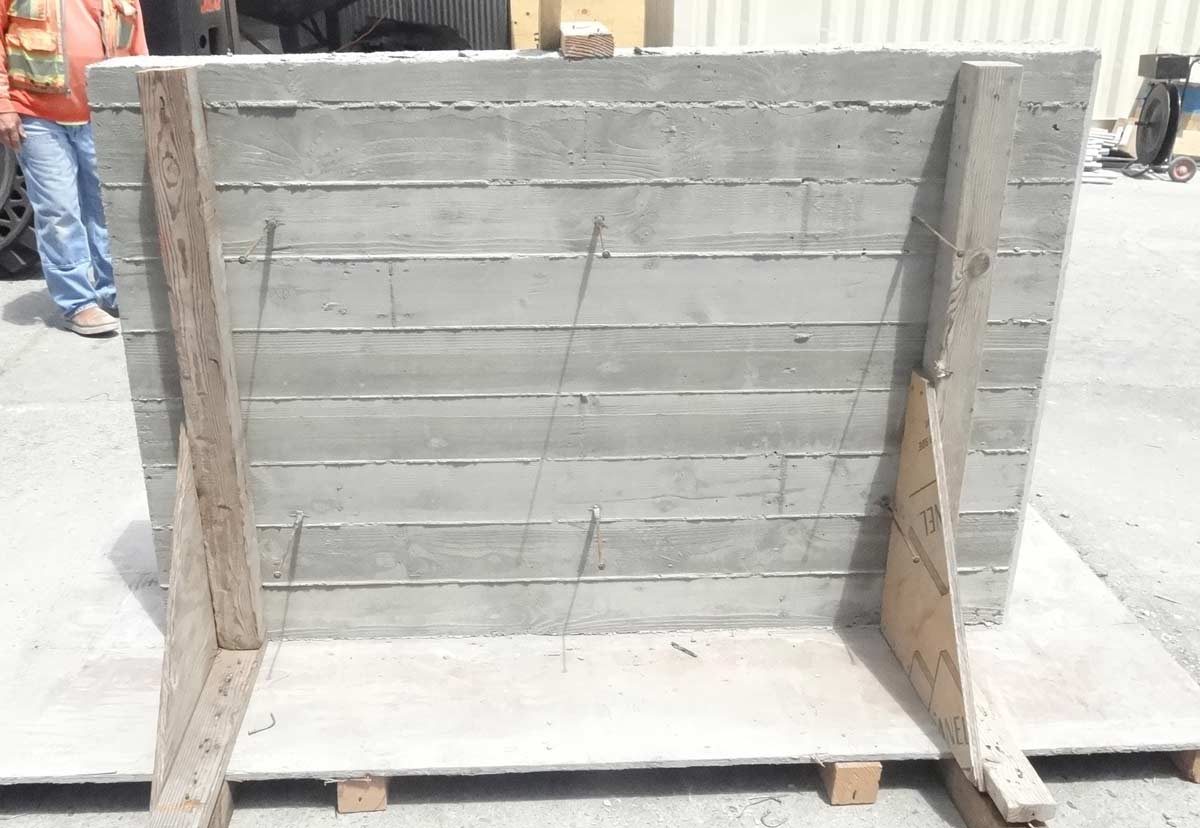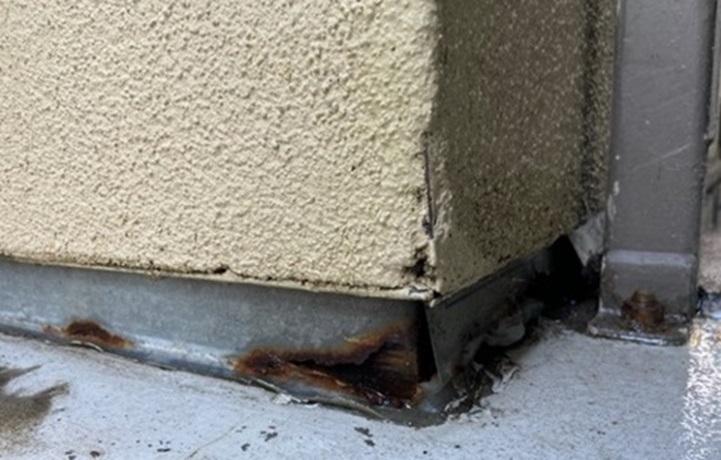Exterior Insulation and Finish Systems (EIFS) are a common choice for exterior wall cladding due to their versatility and aesthetic appeal. Composed of a thin plaster finish over expanded polystyrene (EPS) insulation, EIFS offers the visual appeal of stucco, stone, or brick, while also providing enhanced soundproofing and energy efficiency thanks to the insulation core. However, they come with drawbacks such as higher flammability and lower durability compared to stone counterparts.
WATER INTRUSION
JKA’s building envelope forensic team frequently investigates EIFS installations, often finding vulnerabilities when it was installed with a single exterior barrier approach to waterproofing. This method of EIFS installation relies on the exterior finish coat to serve as both the aesthetic finish and the only waterproofing membrane, which can lead to water intrusion through joints and cracks in the finish coat.
To address this shortcoming, JKA typically recommends upgrading to a rainscreen wall assembly. Rainscreens are wall assemblies comprised of multiple layers, including an exterior finish layer, a thermal layer, a drainage gap, and a backup membrane layer that provides air and water resistance.
REPAIR SCOPE OF WORK
Recently, JKA was hired to design an aluminum panel rainscreen wall assembly to replace an existing EIFS installation at a 17-story hotel near Sacramento, California. JKA prepared construction documents including the following repair scope:
- Demolition of the existing EIFS installation
- Replacement of damaged structure and wall sheathing.
- Installation of new DensGlass wall sheathing
- Application of a 100% silicone fluid-applied weather resistive barrier
- Reinstallation of all exterior windows in new waterproofed rough openings
- Attachment of new mineral wool exterior continuous insulation
- Installation of new single skin aluminum panel rainscreen cladding over thermally resistant fiberglass girts
DESIGN SOLUTION
JKA’s architectural design team utilized the versatility of single skin aluminum panels and aluminum break metal to recreate the intricate molding shapes previously formed by the EIFS system.
The aluminum panels are pressure-equalized and provide a rainscreen resistance to the majority of weather. But instead of relying solely on the exterior cladding for waterproofing, a robust silicone liquid waterproofing membrane was applied continuously across the entire wall sheathing.
This additional membrane layer behind the finish cladding serves as an air and water barrier, improving the energy efficiency of the building. The aluminum panels are fastened to fiberglass girts which provide a thermal break to the building structure, as well as an anchor for the continuous insulation in place. This continuous mineral wool insulation in the new rainscreen assembly provides superior fire resistance and improved drainage compared to the EPS core of EIFS. The result is a resilient exterior wall system with high performing finish, thermal, moisture, and air barrier protection.
JKA – Providing sustainable solutions.






